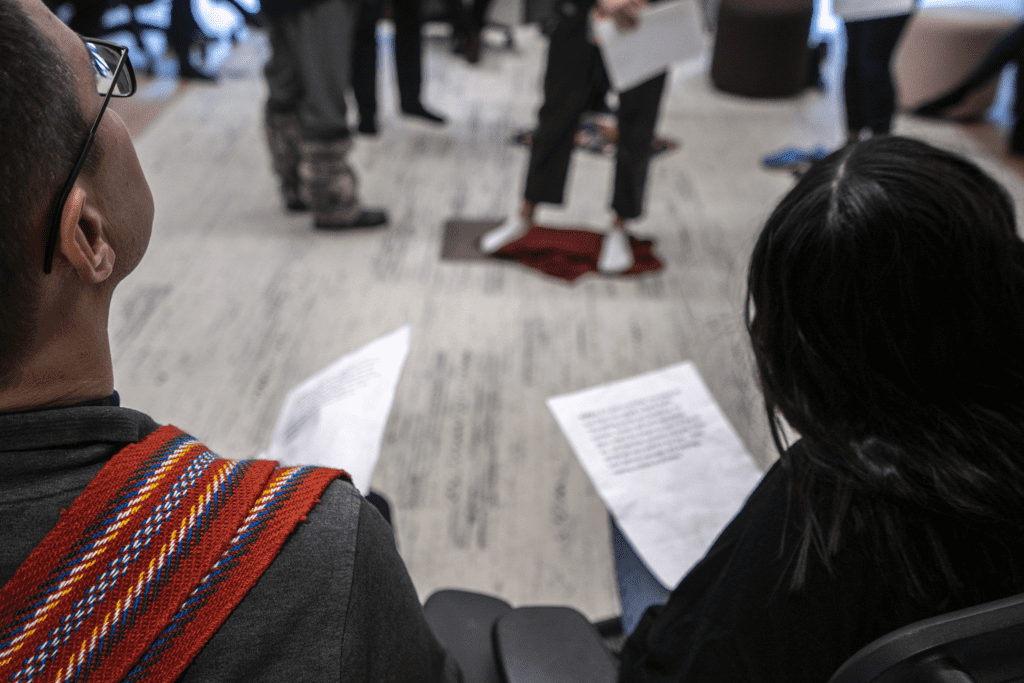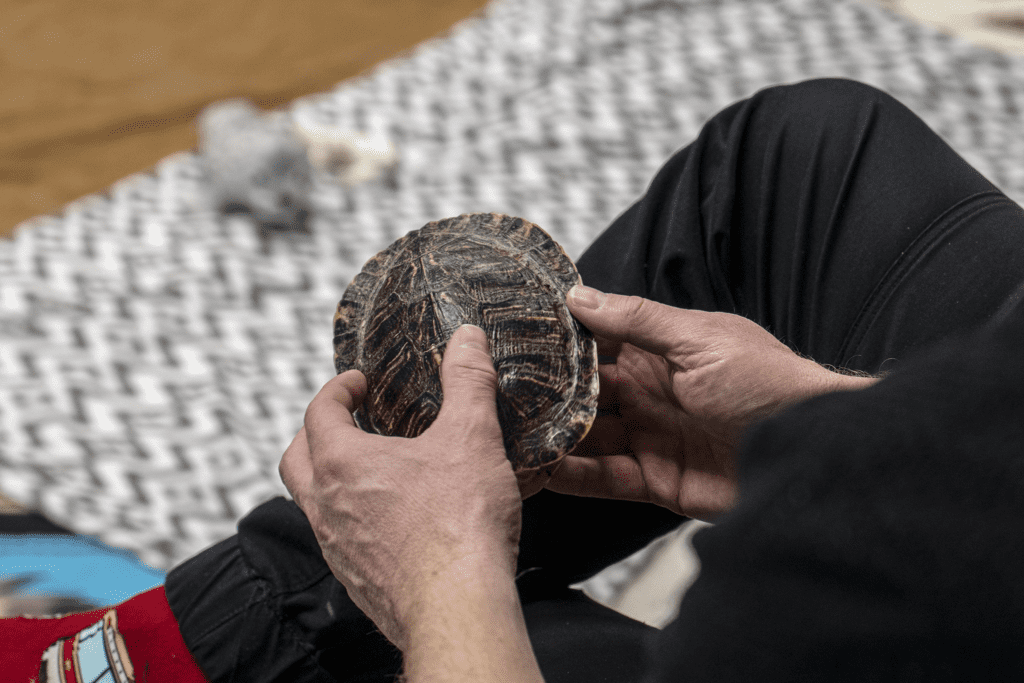Coming to terms with Truth & Reconciliation’s Call to Action #92
March 8, 2020
By Greg Hasiuk, Practice Leader & Partner
In 1992, my master’s thesis in architecture at the University of Manitoba was an Aboriginal Cultural Centre on the south point of The Forks in the heart of downtown Winnipeg. I worked closely with indigenous leaders like Mary Richard in an attempt to make my work as authentic and well informed as possible. Due to my interest in indigenous cultures, I was hired out of University by Number TEN Architectural Group to work on several new schools on First Nation reserves in northern Manitoba. Number TEN has been working in Indigenous communities all across Western Canada, the North West Territories, and Nunavut since the early 1970’s.
And yet, after all these years, I have realized that we still have a long way to go before we can understand the truth, and reconcile ourselves to what indigenous communities have endured since colonialism started hundreds of years ago.
Over the last 50 years, we have worked closely with indigenous leaders and community members on important infrastructure projects such as schools, community and health centres. However, most of us were never taught in school about the full history of what has happened to Indigenous people in Canada. For many of us, there was a disconnect between what we saw and heard, and the reasons why.

We were aware of the Truth and Reconciliation Calls to Action but did not know how to respond; specifically Call to Action #92 that challenges businesses to commit to meaningful action.
Our firm decided to initiate a training program run by Legacy Bowes in association with Ron Evans, former Grand Chief of the AMC and Sheila North, former Grand Chief of MKO.
We completed our first half-day of training for our leadership team (about 18 of us). We had two wonderful and qualified facilitators lead us through the session; Rachel, who is of Metis/Michif heritage and Alison, an Indigenous Elder who was raised in Winnipeg as a 60’s Scoop Survivor and has set out to live a spiritually traditional way of life for the past 30 years. The morning started by filling out a survey that gathered information about our knowledge and preconceived notions, followed by an informative presentation on the history of colonialism and Indigenous beliefs. Once that was finished, we began what is known as the “Blanket Exercise”.

The Blanket Exercise started with us all standing on a colourful patchwork of blankets on the floor, each blanket representing the diversity of pre-contact indigenous cultures across North America. Our two facilitators then skillfully narrated an interactive story of colonization while gradually removing us from our blankets, representing the various ways indigenous people have lost their rights, freedoms, land and lives. It gave us a chance to imagine ourselves living through these historical events; including pre-contact, treaty-making, colonization, government policies and programs, the Indian Act, residential schools, the 60’s scoop, murdered and missing women. The process was very moving and emotional for many.


But ultimately, this is a story of hope, bravery, and perseverance.
I have learned that although indigenous people and their traditions have been systematically attacked by governments, religious institutions and public policy, there is a resilience in the people that has persevered.
It is up to all of us to pick up the threads that have survived, and support and work with Indigenous people and communities to stitch them back into beautiful blankets once more.

The firm plans on conducting training sessions for all 65 of its Winnipeg staff.

